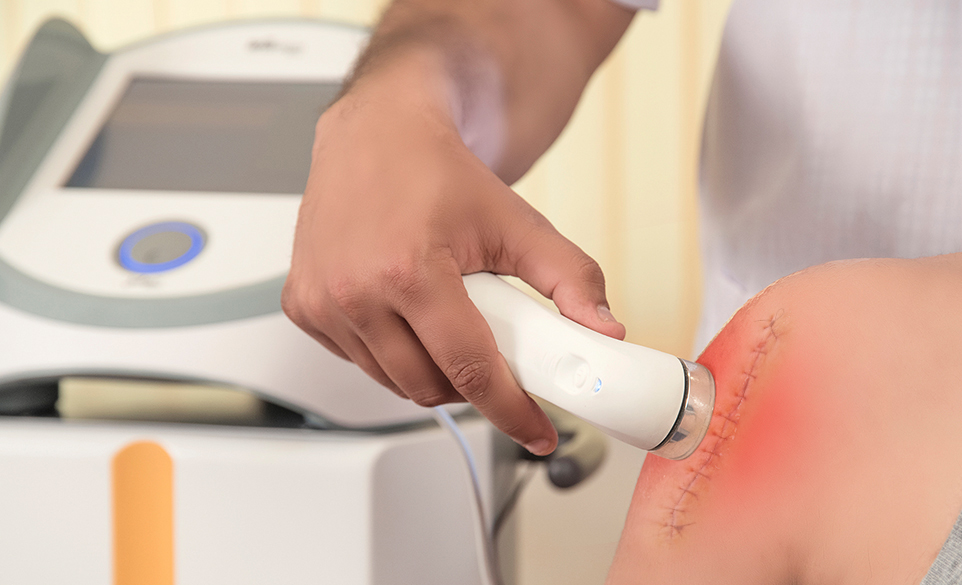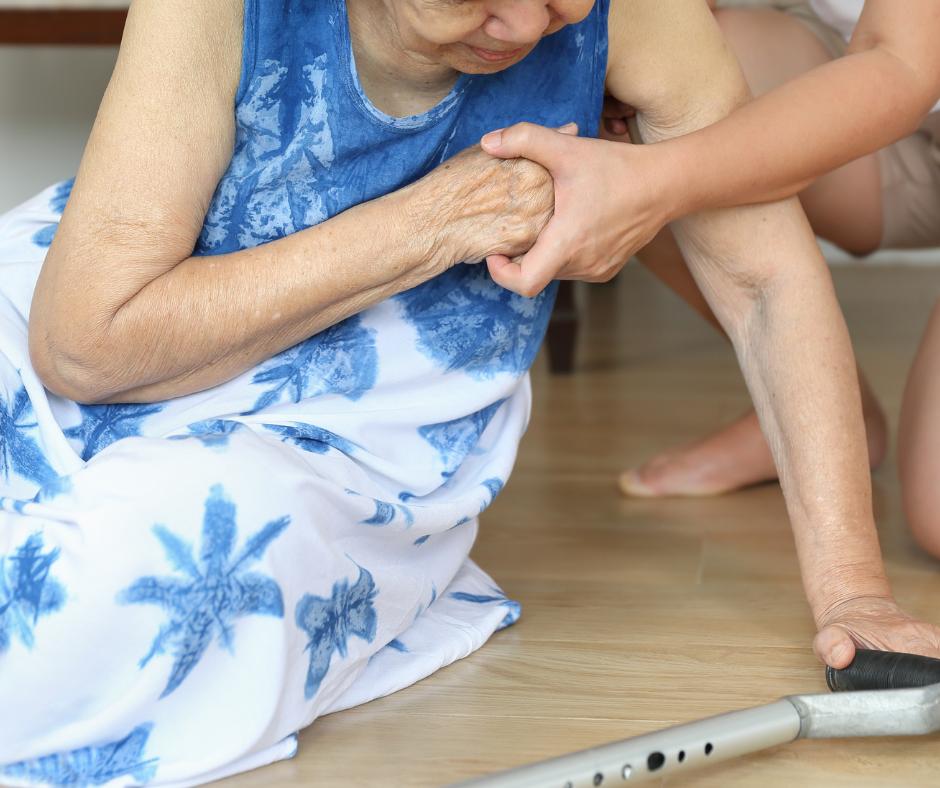SHARES

Physical therapists are on the front lines of wound management. They treat patients during the most critical stages of wound care and healing. All wounds heal at different rates and the duration of therapy will be depend on the patient’s individual needs.
What is the role of physiotherapy?
Physiotherapy accelerates the healing process and also reduces the possibility of a scar. In wound care, the therapist assists in debridement, dressing and application. In addition, with a background in biomechanics, physiotherapists perform a unique function too, advising chair or bed bound patients on redistributing pressure to avoid sores.
How does physiotherapy enhance healing and contribute to healing?
The fundamental principle of the various therapies is to improve blood circulation. Better blood circulation ensures adequate supply of oxygen and increases cellular activity so as to expedite recovery.
Who would benefit from physiotherapy?
Anyone who has a fresh wound would possibly benefit from wound care physiotherapy. Particularly individuals who may potentially have sub-optimal healing such as diabetics and people with blood circulation problems.
What are various therapies?
Physiotherapists use different physical methods, such as electrical stimulation, ultrasound, hydrotherapy and heat. All these contribute towards healing.
When do we need physiotherapy intervention vs natural healing?
If the wound is too big to heal naturally or if the wound is not showing signs of natural healing, physiotherapy is required.
Acknowledgment with thanks:
This article is contributed by Ms Thilaga G, Physiotherapist from Virar’s Physiotherapy.
Find a Physiotherapist in Malaysia on GetDoc
Find a Physiotherapist in Singapore on GetDoc
Tags
by Aditi Upadhyay
View all articles by Aditi Upadhyay.





